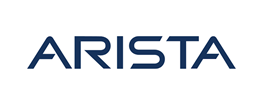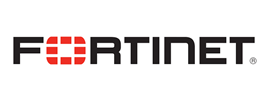- Course overview
- Course details
- Prerequisites
Course overview
About this course
Learn how to design, develop, and deploy applications that seamlessly integrate components from the Google Cloud ecosystem. This course uses lectures, demos, and hands-on labs to show you how to use Google Cloud services and pre-trained machine learning APIs to build secure, scalable, and intelligent cloud-native applications.
Course details
Module 1: Best Practices for Application Development
- Design and develop secure, scalable, reliable, loosely coupled application components and microservices.
- Understand how to rearchitect applications for the cloud.
Module 2: Getting Started with Google Cloud Development
- Identify different Google Cloud services for hosting applications and scripts.
Module 3: Overview of Data Storage Options
- Choose the appropriate data storage option for application data
Module 4: Best Practices for Using Datastore
- Bulk-load data into Firestore by using Dataflow
- Understand best practices related to queries, built in and composite indexes, inserting and deleting data (batch data operations), and transactions error handling.
Module 5: Performing Operations on Buckets and Objects
- Understand Cloud Storage concepts.
- Differentiate between strongly consistent and eventually consistent operations.
- Access Cloud Storage through request endpoints.
- Use object composition to upload an object in parallel.
- Use truncated exponential backoff to deal with network failures.
Module 6: Best Practices for Using Cloud Storage
- Understand how to name buckets for static websites and other uses, how to name objects (from an access distribution perspective, and performance considerations.
Module 7: Handling Authentication and Authorization
- Implement federated identity management
Module 8: Using Pub/Sub to Integrate Components of Your Application
- Understand Pub/Sub topics, publishers, and subscribers.
- Understand pull and push subscriptions.
- Explore use cases for Pub/Sub
Module 9: Adding Intelligence to Your Application
- Explore pre-trained machine learning APIs such as Cloud Vision API and Cloud Natural Language API.
Module 10: Using Cloud Functions for Event-Driven Processing
- Use Cloud Functions for event-driven processing.
Module 11: Managing APIs with Cloud Endpoints
- Understand OpenAPI deployment configuration
Module 12: Deploying Applications
- Understand how to create and store container images.
- Create repeatable deployments with deployment configuration and templates.
Module 13: Compute Options for Your Application
- Explore considerations for choosing a compute option for your application or service.
Module 14: Debugging, monitoring, and Tuning Performance
- Debug an application error by using Cloud Debugger and Error Reporting.
- Use Cloud Monitoring and Cloud Trace to trace a request across services, observe, and optimize performance.
Prerequisites
Before attending this course, students should have:
- Completed Google Cloud Fundamentals: Core Infrastructure (GCF-CI) or have equivalent experience
- Working knowledge of Node.js, Python, or Java
- Basic proficiency with command-line tools and Linux operating system environments
Enquiry
Course : Developing Applications with Google Cloud (DAGCP)
Enquiry
request for : Developing Applications with Google Cloud (DAGCP)




















